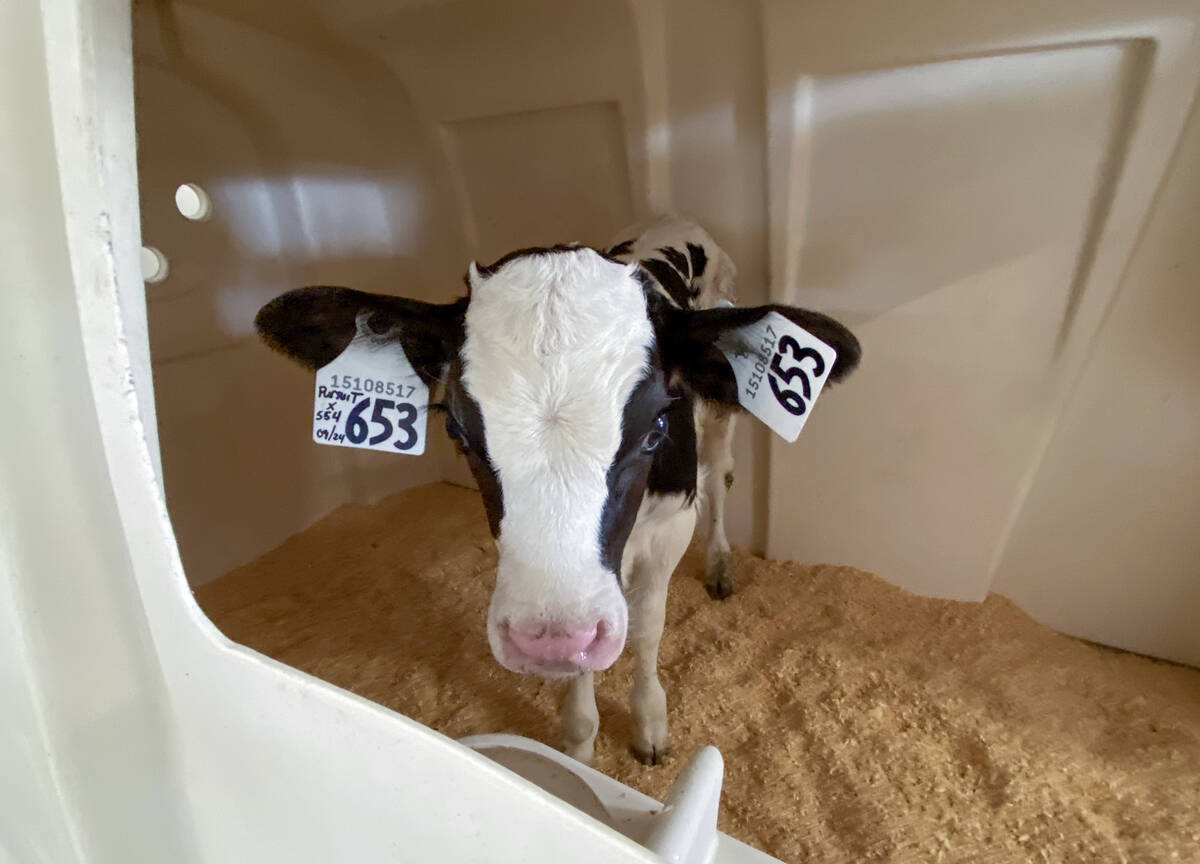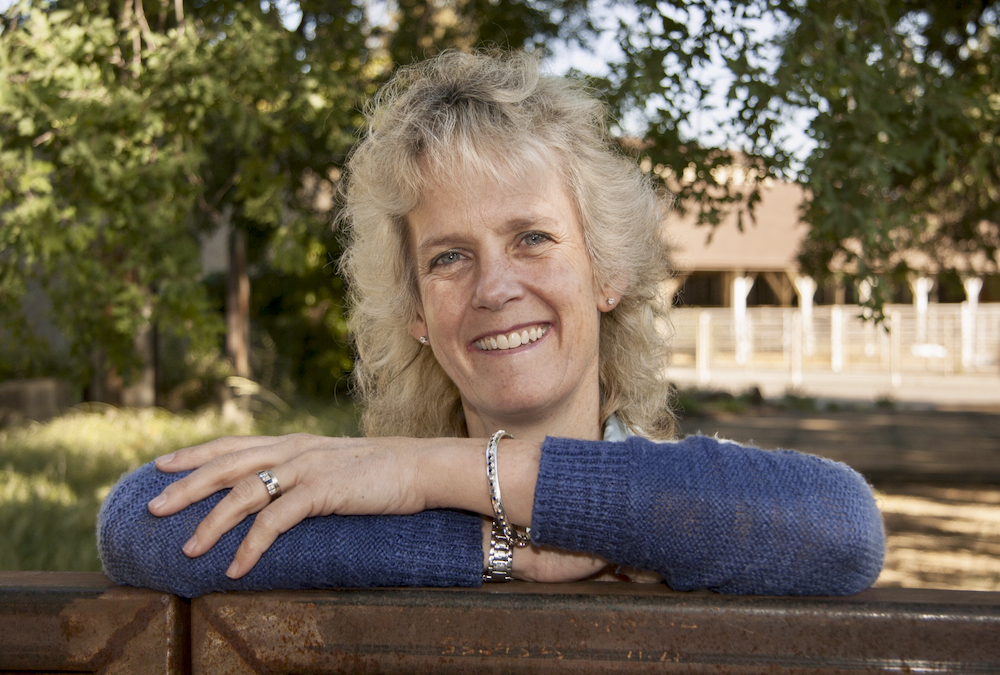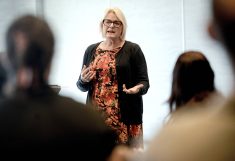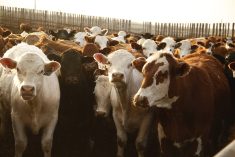Regulations on gene editing of animals are contributing to negative public perceptions of the technology and stifling innovation in the livestock sector, according to Alison Van Eenennaam of the University of California, Davis.
A veteran science communicator and cooperative extension specialist in animal genomics and biotechnology, her professional and personal experience led her to believe the pushback against gene editing as a useful and viable science will continue to grow so long as it is considered synonymous with transgenic methods.
Why it matters: Genetic technologies have potential to improve the livestock sector so changing genome editing regulations could have a major effect.
Read Also

Lactanet turns methane expertise into business opportunity
Lactanet’s new fee-for-service breeding tool initiative to reduce greenhouse gas emissions in Canadian and Swiss Holstein herds will launch in April 2026.
“I predict there’s going to be a targeted activist campaign against gene editing in food production for a number of reasons,” Van Eenennaam said during the 2021 Cultivating Trust Summit hosted by Farm & Food Care Saskatchewan.
She cited the lengthy regulatory pathways used by some, namely the United States and the European Union, that favour large companies that can afford to navigate the system and the intellectual property costs.
Those costs can amount to tens if not hundreds of millions of dollars, she said. The AquaBounty salmon and GM corn varieties are examples. The expense eliminates smaller participants in both academia and the private sector. And with a sector dominated by large players, long-standing public skepticism continues to be stoked.
“I can’t spend more money burning cows than paying my students,” says Eenennaam, referring to the regulation-mandated practice of incinerating the carcasses of gene-edited animals after tests to prove products from said animals are the same as non-gene-edited counterparts. The process of breeding, raising and testing milk and meat in her own research took six years.

Genetic technology development is also hindered by activist groups and special interest organizations, she said. The time involved in navigating government regulations gives activists more time to generate and spread misinformation about the technology and those who use it.
“I’ve heard the argument that regulation helps the consumer trust the product. I absolutely don’t buy that,” says Van Eenennaam.
“I think the regulation around genetic modification has made people more fearful than products which are not regulated. Like genomic selection for example, [which] dramatically changed the rate of genetic gain, does a lot of things genome editing does, but I haven’t heard boo around it.
“Genome editing being unique and requiring a higher bar, it’s going to make it a target.”
As pressure from activist groups silences those who publicly support biotechnology, Van Eenennaam wonders whether enough people in the scientific community will stick their necks out for gene editing. That is a fourth barrier to its acceptance.
“Why would I do that for gene editing if I can’t afford to use it in my own lab?”
Van Eenennaam says gene editing is a valuable tool that supports a variety of other technologies already used in the livestock sector: artificial insemination, embryo transfer and genomic selection, to name a few.
Though her professional focus is cattle, she highlights “glow fish” as an example of technology fully accepted by consumers. The brightly coloured aquarium fish, genetically modified to be fluorescent, make up 15 per cent of the aquarium fish market. The fish bypassed many regulatory steps because they were deemed to have no environmental or human health risk.
Van Eenennaam gave examples of gene editing research initiatives that could improve production, welfare and environmental health in the livestock sector. These include pigs resistant to Porcine Reproductive and Respiratory Syndrome, tuberculosis-resistant cattle, lighter coloured and more heat-resistant dairy cows, the removal of allergenic milk proteins, and more breeds of polled cattle.
“To me genetic improvement which is permanent and passed on from generation to generation is a better solution … than actually having to treat animals that are sick,” says Van Eenennaam.
“We’ll be able to introduce useful alleles without linkage drag, and bring in novel genetic variations from other breeds, like polled into Holstein.
“But we’re not going to be able to approach it with the regulatory approaches being proposed in the U.S., and I sure hope Canada stays true to having a risk-based, product-centred regulatory approach rather than having it triggered by a particular breeding method.
“We need to discuss the opportunity lost of not using these technologies.”















